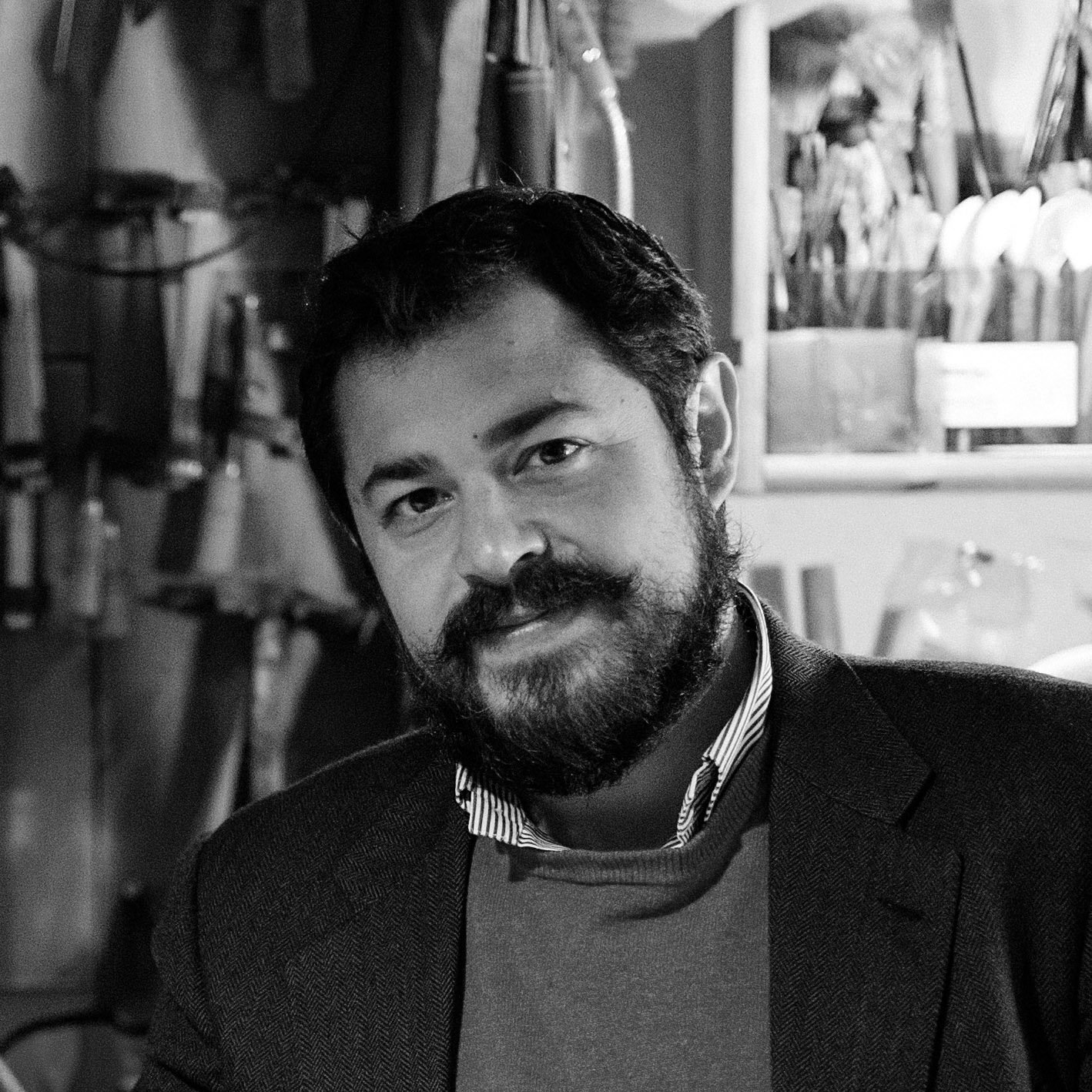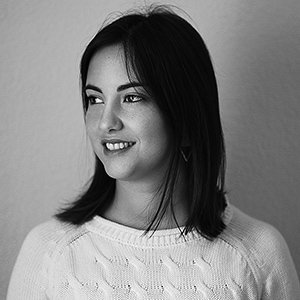Portada » Initiatives » Training » Summer School » Previous editions » Azores
Lajes do Pico, Azores
This program took place in Lajes do Pico, one of the three municipalities in the Pico Island, within the Portuguese archipelago of the Azores. Local traditional urbanism, architecture and building details of the Pico island were studied in order to create a traditional building patterns catalog which could serve as a basis for both new traditional designs and the preservation of Pico’s built heritage. Drawing on this initial work, and responding to the needs presented by the municipality of Lajes do Pico, a development proposal for the town was collaboratively designed.

This program took place in Lajes do Pico, one of the three municipalities in the Pico Island, within the Portuguese archipelago of the Azores. Local traditional urbanism, architecture and building details of the Pico island were studied in order to create a traditional building patterns catalog which could serve as a basis for both new traditional designs and the preservation of Pico’s built heritage. Hand drawing and measuring buildings, streets and building details all around the island was the main activity during the first week of the program. In addition to this field work, experts in the history, geology, biology, landscapes, traditions and architecture of the area were invited to lecture on these topics. All lectures were kindly hosted by the Whaling Museum of Lajes do Pico. Drawing on this initial work, and responding to the needs presented by the municipality of Lajes do Pico, a development proposal for the town was collaboratively designed. This proposal included a new waterfront, a square, an auditorium, a hotel, a market and a music pavilion for an undeveloped and decaying area located right in front of the sea and belonging to the municipality. This program was organized by INTBAU and the Rafael Manzano Prize for New Traditional Architecture, with the support of the municipality of Lajes do Pico, Kalam, the Fundação Serra Henriques and Alireza Mina Sagharchi, and the collaboration of the Government of the Azores through its Department of Culture, Cham Açores, the Universidade Portucalense do Porto (Portugal) and the Instituto Universitário de Lisboa ISCTE-IUL (Portugal), the schools of architecture of the University of Miami and the University of Notre Dame (USA), the Universidad Politécnica de Madrid and the Centro de Investigación de Arquitectura Tradicional (CIAT). The work was developed by a very international team consisting of people from more than 10 different nationalities. The teaching and organizing team included José Baganha (INTBAU Portugal), Carolina Cabra Ankersmit (INTBAU Spain), Aritz Diez Oronoz (University of the Basque Country), Alejandro García Hermida (Polytechnic University of Madrid | Rafael Manzano Prize | INTBAU Spain), Guillermo Gil Fernández (Rafael Manzano Prize | INTBAU Spain), Rebeca Gómez-Gordo Villa (Rafael Manzano Prize | INTBAU Spain), Imanol Iparraguirre Barbero (University of the Basque Country), Frank Martínez (University of Miami), Pedro P. Palazzo (University of Brasília), Jorge Santos Silva (INTBAU Portugal), and Lucien Steil (University of Luxembourg). Lecturers included Raul Azevedo, Manuel da Costa (Museu do Pico), Igor Espínola de França (CHAM Açores), Rui Florentino (Universidade Portucalense do Porto | INTBAU Portugal), Alexandre Gamelas (AGCS Arquitectos | INTBAU Portugal), Mónica Goulart (Parque Natural da Ilha do Pico. Direção Regional do Ambiente), Ramón Mayo (Kalam), Manuel Paulino (Direção Regional do Ambiente e Alterações Climáticas), Telma Ribeiro (Universidade Portucalense do Porto | INTBAU Portugal), José Luís Saldanha (ISCTE Instituto Universitário de Lisboa) e Catarina Santos (AGCS Arquitectos | INTBAU Portugal). And the participants were Taruna Ramakrishnan Aiyyar (India), Clara Alvariño Galicia (Spain), Patrícia Antunes dos Reis (Portugal), Aiala Bastero Acha (Spain), Alaric Bovero (France), Inês Castro Lobo (Portugal), Pietro Degli Esposti (Italy/Brasil), Emmanuela Dretaki (Greece), Guillermo Escolano Martínez (Spain), Madeline Vogel Fairman (USA), Duarte Fernandez Ruivo (Portugal), Karla Fidalgo (USA), Pierre Keller (France), Alejandro Martínez del Río (Spain), Laura Miguel Pastor (Spain), João Tiago Neto Tereso (Portugal), Daniele Roccaro (Italy), Cesar Eduardo Rojas Marrugo (Colombia), Andrew Seago (USA), Nicholas Sloan (USA), Ashley Straub (USA), Alexis Stypa (USA) and Nathan Walz (USA). At the end of the whole process the documentation drawn up over the two weeks was organized and laid out for public display at the Museu dos Baleeiros whalers’ museum, which generously provided an exhibition space for the purpose. Thus the work could finally be presented and visited by local residents. The program ended with a fine event for the presentation of diplomas and the general wish to see its outcomes compiled in a publication such as this.
A project for the future of Lajes Do Pico
Download the book in PDF. This publications, drawn up thanks to the support of the Serra Henriques Foundation, present the work and experience of the Azores Traditional Architecture Summer School 2022, that was held in Pico Island, within the Portuguese archipelago of the Azores.
Download here the Azores Traditional Architecture Summer School 2022 program





